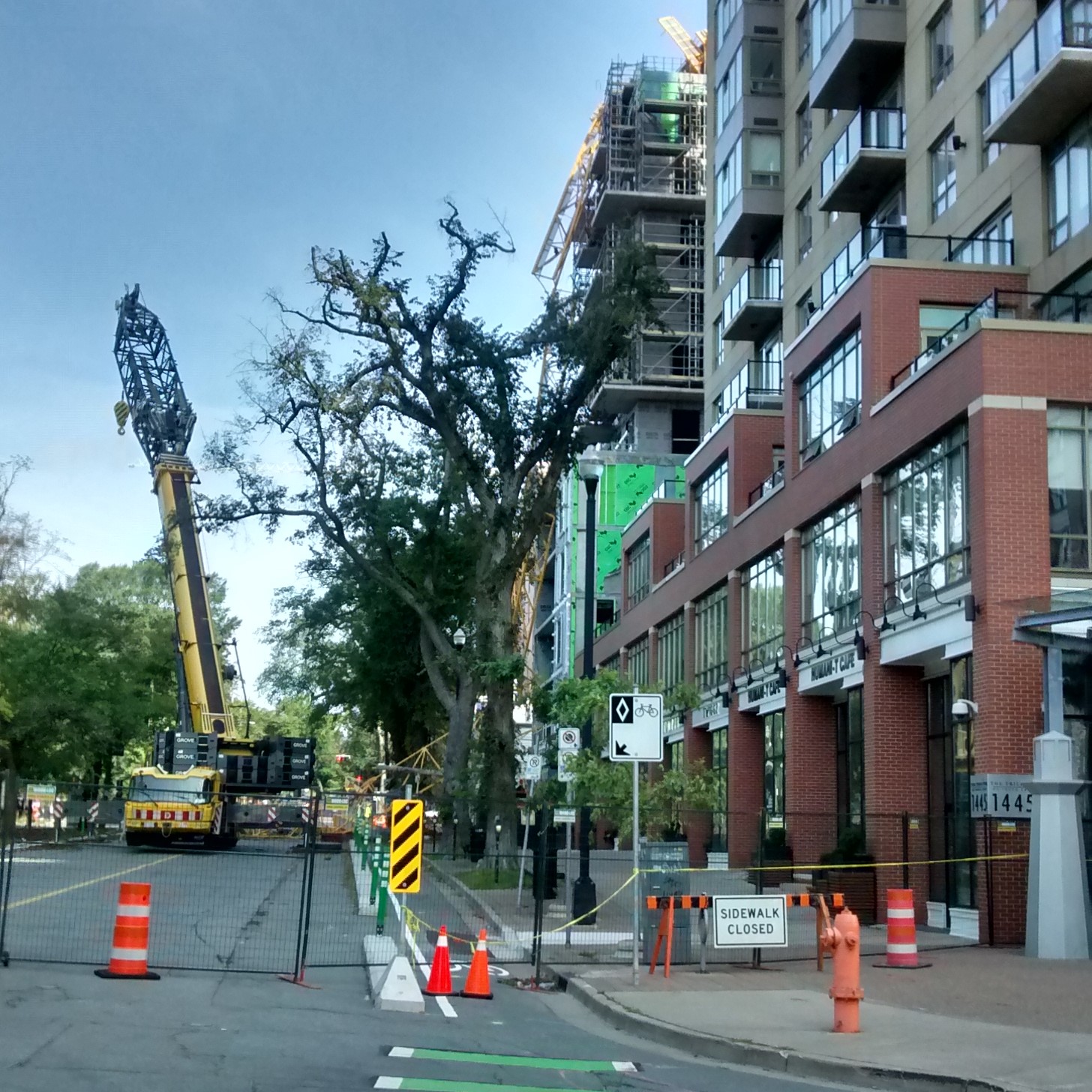I vividly remember when Hurricane Katrina struck in 2005. I was seven, and my siblings and I set up a lemonade and cookie stand down the street from our parent’s house to donate toward disaster relief. My siblings and I probably raised no more than $80––and even that is being generous––but it still stuck in my mind even until today. As a 7-year-old, giving a small amount of time away was eye-opening, even for a disaster that was half a world away.
I want to remind all of you of how the smallest efforts can be valuable and effective in bringing aid for natural disasters. When approaching disaster relief, it is best to support local rescue and rebuilding efforts over large-scale, external movements.
HOW RELIEF EFFORTS CAN GO WRONG
Katrina is in many ways a perfect example of what not to do. In the aftermath of the devastating storm, thousands of people were left stranded in urban areas stripped of power, running water and food. The government relief effort was present, but it grossly mishandled the situation, often causing more problems than it fixed.
They did this by moving people when there was no need for them to be moved, uprooting safe encampments, confiscating hard-won supplies for redistribution and threatening citizens with violence if they did not comply with often bizarre and nonsensical directions. This mass confusion was caused mainly by middle and upper management of the relief effort not having a reliable method of communication within the affected area.
This resulted in a breakdown of the chain of command, which in turn caused the often self-contradictory and chaotic directions given by the soldiers present in New Orleans. To put it simply, the government relief effort failed largely because the problem was too massive to be taken on by a single entity, no matter how large.
HOW TO HELP HELPFULLY
In contrast, the relief effort underway in response to Hurricane Dorian in the Bahamas is far better organized and more effective. This effort is mainly carried out by small-scale local or near-local relief organizations, and funded by the vast resources of the United States. According to The Washington Post, the relief effort does not have an acting general in command and has brought in no warships to aid in the operation.
This is a good thing for two reasons. Firstly, to bring a strong military presence for a relief effort in a foreign sovereign state is not something that looks anything close to good on the reputation of the United States. Secondly, and more importantly, it enables the locals, those who know better than anyone where the need is, to send the resources where they need to be when they need to be there. Small-scale, grassroots-led efforts will always outperform massive government-headed institutions of rescue.
HELPING INSTEAD OF FIXING
This is a common theme that can easily be found in all sorts of relief efforts. Missions are also a form of relief, and this same tactic can be applied just as well there. It comes down to one concept: doing things with people instead of to them. If we go into an area with the mindset of “fixing it,” be it from spiritual darkness, physical disaster or even socio-economic inequality, we are becoming part of the problem. The people who know better than anyone else what needs to be fixed in any given society are without fail the very people who live in it.








